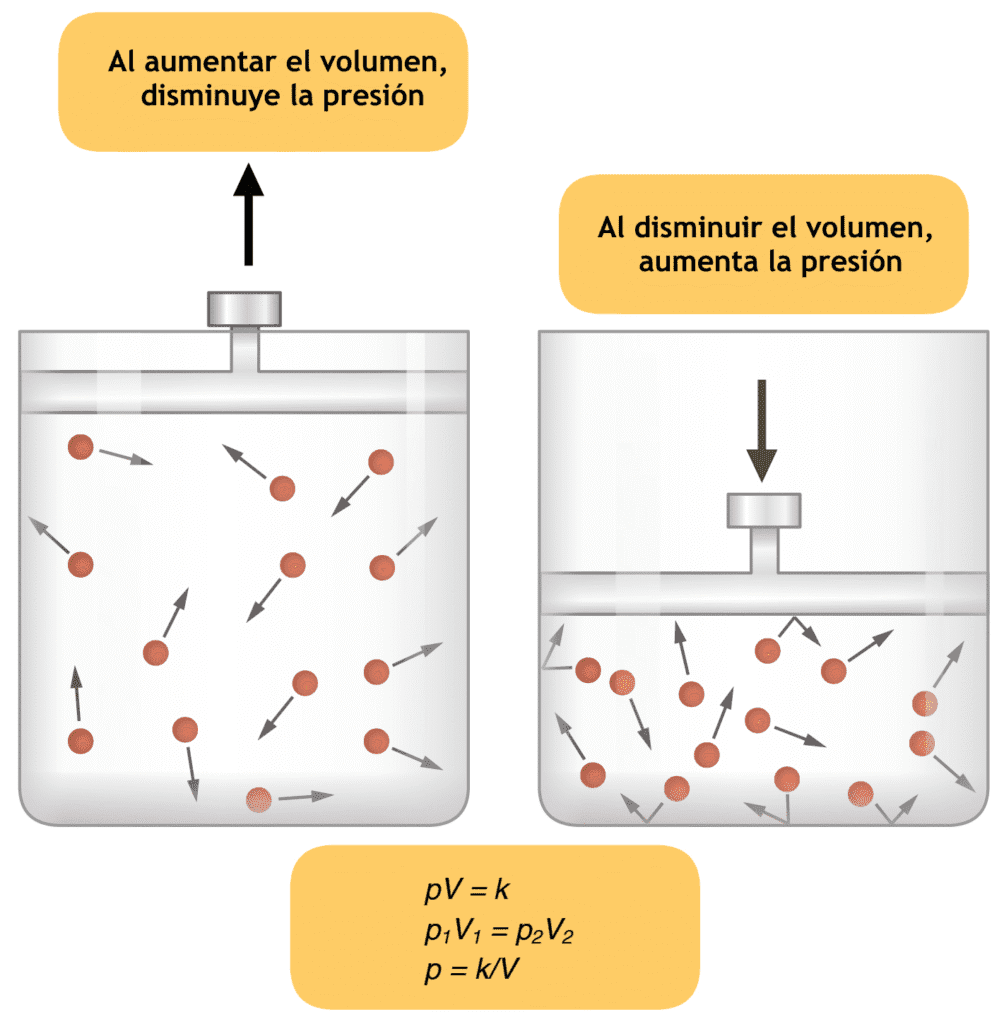The diaphragm function is the most important determinant of the depth of respiration especially the inspiration. The Diaphragm is the muscle that separates the thorax from the abdomen. It is a thin sheet like muscle that has the right and the left crura.
The diaphragm act as a partition between the two major cavities of the body that is the abdominal cavity and the thoracic cavity.
The normal diaphragm function aids in respiration. It allows passage of important structures like the major vessels and nerves and the esophagus. It is supplied by the phrenic nerve which has a upper cervical distribution.
Among all the muscles effecting respiration, the diaphragm is has the most influence on the respiration. Then the diaphragm contracts it moves up, causing expiration. Similarly when the diaphragm relaxes it moves down allowing the lungs to expand and thus inspiration takes place.
The diaphragm function is particularly seen during the inspiration. During a normal quit breath the diaphragm moves by 1.5 cms and during a deep inspiration the diaphragm moves to as much as 6 to 10 cms.
This diaphragm function is absent during anesthesia under the influence of the muscle relaxants which paralyses the diaphragm. the loss of the diaphragm function results in total absence of respiration which is also called as apnea.
Thus the function of diaphragm is essential for the normal inspiration and hence the respiration.

